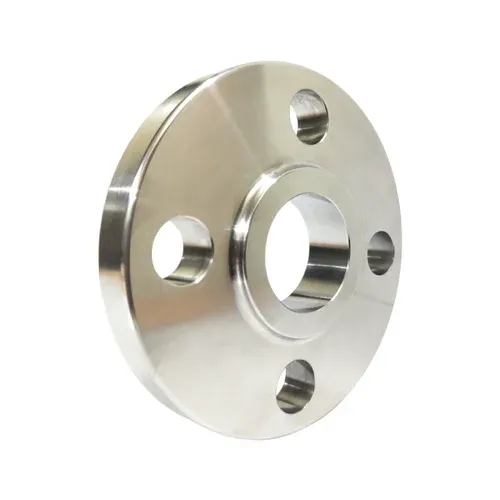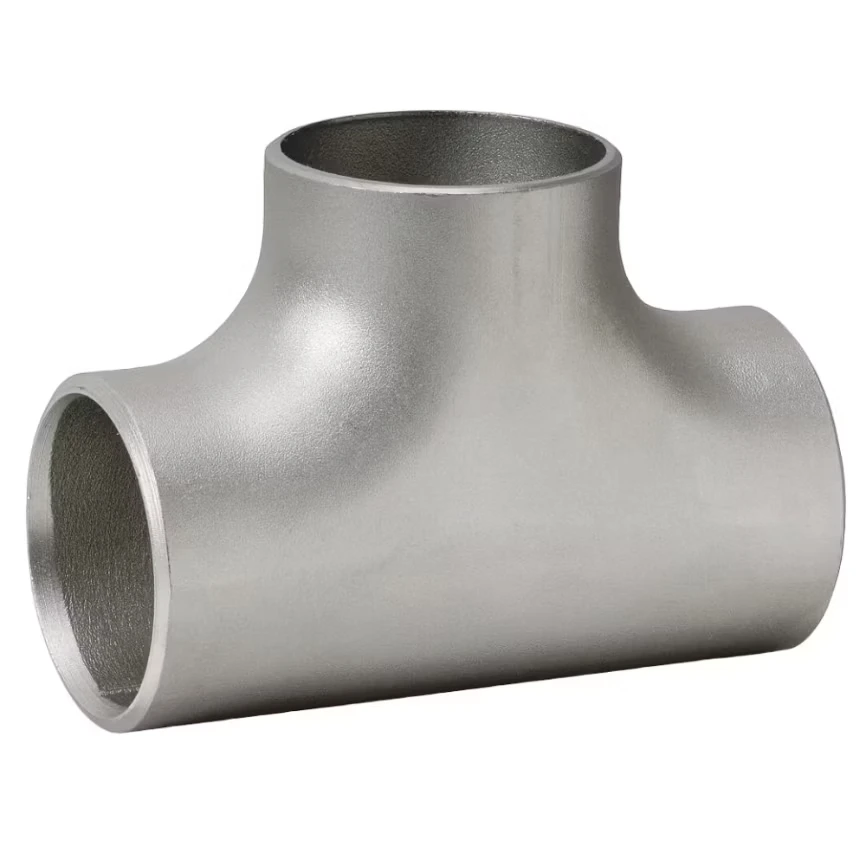-
Cangzhou Yulong Steel Co., Ltd.
-
Phone:
+86 13303177267 -
Email:
admin@ylsteelfittings.com
- English
- Arabic
- Italian
- Spanish
- Portuguese
- German
- kazakh
- Persian
- Greek
- French
- Russian
- Polish
- Thai
- Indonesian
- Vietnamese
- Zulu
- Korean
- Uzbek
- Hindi
- Serbian
- Malay
- Ukrainian
- Gujarati
- Haitian Creole
- hausa
- hawaiian
- Hebrew
- Miao
- Hungarian
- Icelandic
- igbo
- irish
- Japanese
- Javanese
- Kannada
- Khmer
- Rwandese
- Afrikaans
- Albanian
- Amharic
- Armenian
- Azerbaijani
- Basque
- Belarusian
- Bengali
- Bosnian
- Bulgarian
- Catalan
- Cebuano
- China
- China (Taiwan)
- Corsican
- Croatian
- Czech
- Danish
- Esperanto
- Estonian
- Finnish
- Frisian
- Galician
- Georgian
- Kurdish
- Kyrgyz
- Lao
- Latin
- Latvian
- Lithuanian
- Luxembourgish
- Macedonian
- Malgashi
- Malayalam
- Maltese
- Maori
- Marathi
- Mongolian
- Myanmar
- Nepali
- Norwegian
- Norwegian
- Occitan
- Pashto
- Dutch
- Punjabi
- Romanian
- Samoan
- Scottish Gaelic
- Sesotho
- Shona
- Sindhi
- Sinhala
- Slovak
- Slovenian
- Somali
- Sundanese
- Swahili
- Swedish
- Tagalog
- Tajik
- Tamil
- Tatar
- Telugu
- Turkish
- Turkmen
- Urdu
- Uighur
- Welsh
- Bantu
- Yiddish
- Yoruba

Feb . 15, 2025 15:25 Back to list
BS10 THREADED TABLE D/E/F/H
In the dynamic oil and gas industry, the seamless transportation and management of fluids are paramount, relying heavily on an array of specialized components, among which flanges play a crucial role. Understanding the different types of flanges used is vital for ensuring safety, efficiency, and reliability in pipeline systems. Flanges not only connect pipes but also play a critical role in maintenance and inspection, offering safe and quick methods for separation and re-joining of pipeworks.
Blind flanges are essential for sealing the end of a piping system or a vessel opening. Unlike other flanges, they are devoid of a central bore, making them perfect for both maintenance and expansion. Their robust build provides leverage under high-pressure applications, effectively preventing leaks throughout the system. They serve an invaluable role in pressure testing, allowing technicians to gauge the integrity of piping assemblies securely. Lap joint flanges are designed to be used in conjunction with stub ends. This combination is especially useful in cases involving frequent dismantling for inspection or cleaning, as they provide the flexibility to rotate the pipe and reduce bolt hole alignment concerns. Particularly beneficial for applications involving severe corrosive conditions, lap joint flanges allow for less machining and minimize material wastage, appealing to cost-saving initiatives without compromising on performance or service life. Threaded flanges have inner threads which allow them to be assembled without welding, ideal for applications where welding is hazardous. These flanges are predominantly used in small diameter piping situations, forgiving environments, and low-pressure applications. Their principal advantage is in hazardous areas where welding could create explosion hazards. Each type of flange plays a pivotal role in the efficiency, safety, and performance of oil and gas piping systems. The decision on which flange to use is ultimately governed by the specific requirements of the application, including factors like pressure, temperature, fluid type, and overall operating environment. Selecting the appropriate flange type is a critical decision that hinges on expertise and understanding of the specific demands of the oil and gas industry, ensuring seamless, safe, and efficient operations. Understanding these nuances provides the necessary foundation for professionals aiming to maintain and optimize fluid handling and transportation, ensuring the successful execution of infrastructure projects within the dynamic and challenging domain of oil and gas.


Blind flanges are essential for sealing the end of a piping system or a vessel opening. Unlike other flanges, they are devoid of a central bore, making them perfect for both maintenance and expansion. Their robust build provides leverage under high-pressure applications, effectively preventing leaks throughout the system. They serve an invaluable role in pressure testing, allowing technicians to gauge the integrity of piping assemblies securely. Lap joint flanges are designed to be used in conjunction with stub ends. This combination is especially useful in cases involving frequent dismantling for inspection or cleaning, as they provide the flexibility to rotate the pipe and reduce bolt hole alignment concerns. Particularly beneficial for applications involving severe corrosive conditions, lap joint flanges allow for less machining and minimize material wastage, appealing to cost-saving initiatives without compromising on performance or service life. Threaded flanges have inner threads which allow them to be assembled without welding, ideal for applications where welding is hazardous. These flanges are predominantly used in small diameter piping situations, forgiving environments, and low-pressure applications. Their principal advantage is in hazardous areas where welding could create explosion hazards. Each type of flange plays a pivotal role in the efficiency, safety, and performance of oil and gas piping systems. The decision on which flange to use is ultimately governed by the specific requirements of the application, including factors like pressure, temperature, fluid type, and overall operating environment. Selecting the appropriate flange type is a critical decision that hinges on expertise and understanding of the specific demands of the oil and gas industry, ensuring seamless, safe, and efficient operations. Understanding these nuances provides the necessary foundation for professionals aiming to maintain and optimize fluid handling and transportation, ensuring the successful execution of infrastructure projects within the dynamic and challenging domain of oil and gas.
Latest news
-
ANSI 150P SS304 SO FLANGE
NewsFeb.14,2025
-
ASTM A333GR6 STEEL PIPE
NewsJan.20,2025
-
ANSI B16.5 WELDING NECK FLANGE
NewsJan.15,2026
-
ANSI B16.5 SLIP-ON FLANGE
NewsApr.19,2024
-
SABS 1123 FLANGE
NewsJan.15,2025
-
DIN86044 PLATE FLANGE
NewsApr.19,2024
-
DIN2527 BLIND FLANGE
NewsApr.12,2024
-
JIS B2311 Butt-Welding Fittings LR/SR 45°/90° /180°Seamless/Weld
NewsApr.23,2024











